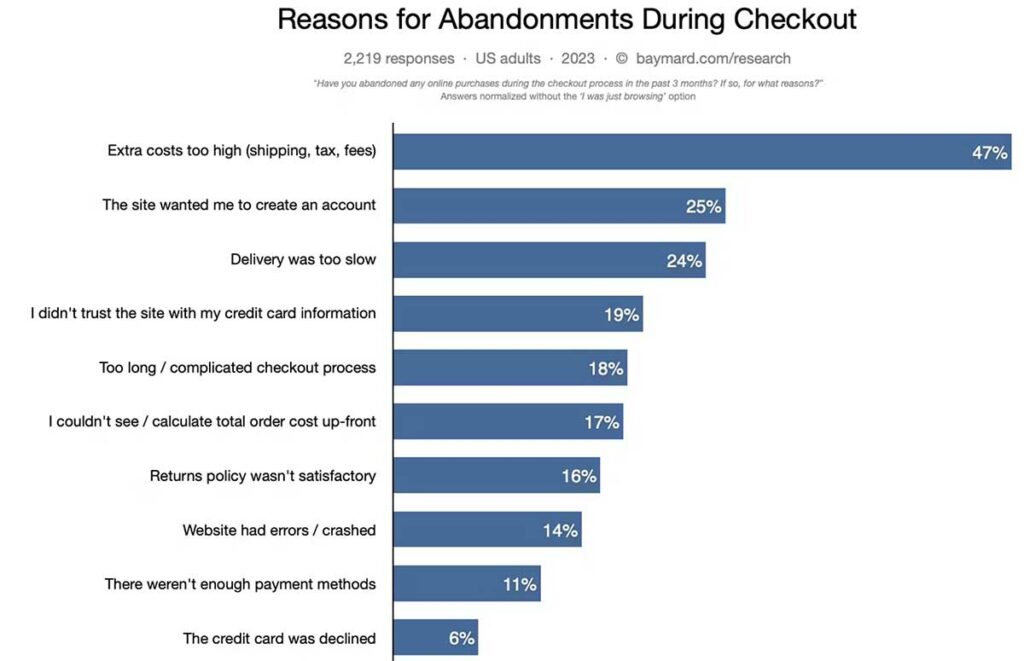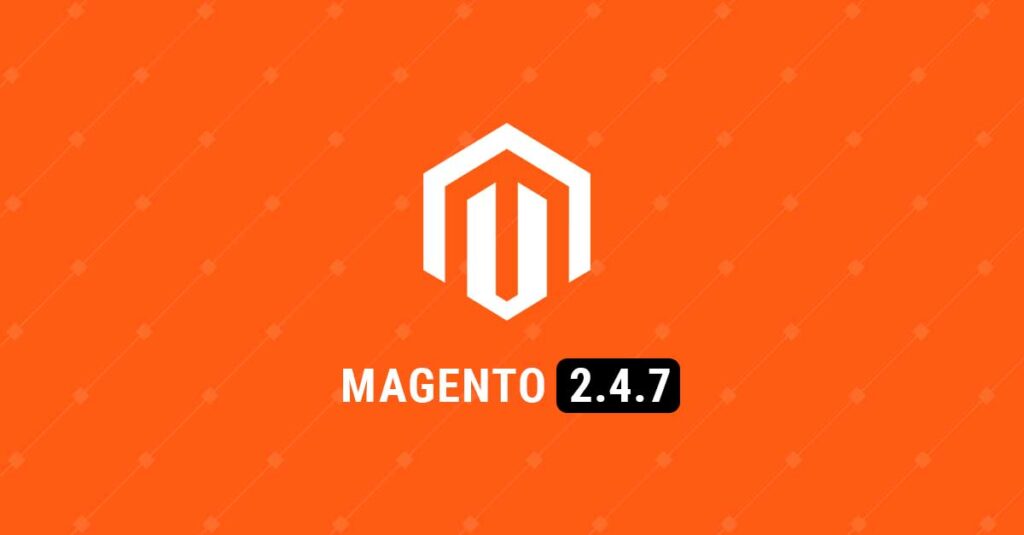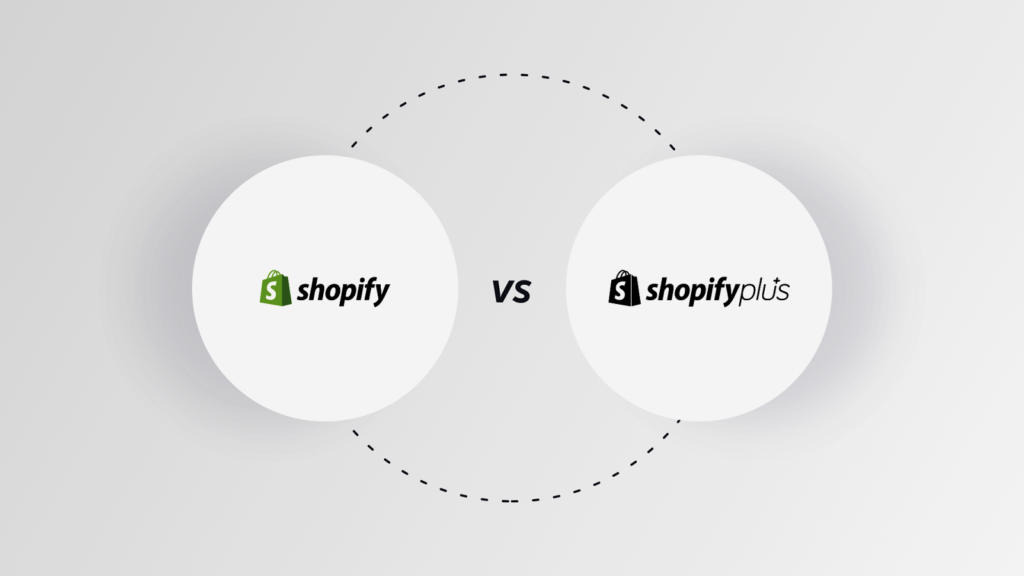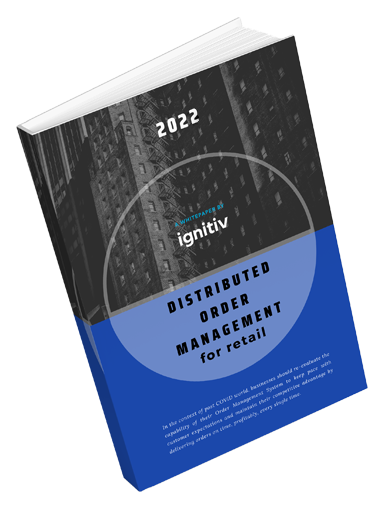In a digital landscape teeming with an estimated 12 million to 24 million eCommerce sites globally and a constant surge in new creations, standing out requires more than just an online presence. The success of an eCommerce venture hinges on its performance, and adopting the best practices is paramount.
This is a crucial metric when you consider the average cart abandonment rate of 70.19% for various reasons.

Reasons for Abandonments During Cart & Checkout (2023 data):
- 47% Extra costs too high (shipping, tax, fees)
- 25% The site wanted me to create an account
- 24% Delivery was too slow
- 19% I didn’t trust the site with my credit card information
- 18% Too long / complicated checkout process
- 17% I couldn’t see / calculate total order cost up-front
- 16% Returns policy wasn’t satisfactory
- 14% Website had errors / crashed
- 11% There weren’t enough payment methods
- 6% The credit card was declined
Source: Baymard.com
1. Optimize Loading Speed: Speed is King
The biggest e-commerce marketplaces perform well and convert. This is the first thing to should focus on. Sluggish loading speeds will drive away customers and can even result in high bounce rates. To keep things fast, make sure that your images are optimized properly with the right size and compression level. You can also use a CDN for loading resources from servers that are closer to your visitors to decrease load times. The loading speed of your website can make or break customer satisfaction and conversion rates. Here are essential practices to optimize loading speed:
Optimize Image Sizes: Large image files can slow down page loading times. Optimize images by compressing them without compromising quality, ensuring swift loading without sacrificing visual appeal.
Enable Browser Caching: Utilize browser caching to store frequently accessed resources on a user’s device. This reduces the need to reload static content, enhancing overall site performance.
Use a Content Delivery Network (CDN): Distribute website content across multiple servers globally through a CDN. This ensures that users, regardless of their location, experience fast loading times by accessing data from the nearest server.
2. Ensure High Availability
Plan for multiple server configurations to overcome downtime. This way, you can provide uninterrupted service and ensure high availability while you are processing orders or serving up content. Deploy a highly redundant infrastructure consisting of one or more servers to handle normal application operations, such as the processing of orders. When a problem occurs, simply switch to another server to continue processing orders or provide content.
A reliable and continuously available website is paramount for the biggest e-commerce marketplace’s success. Implement these practices to ensure high availability:
Choose a Reliable Hosting Provider: Select a hosting provider known for its reliability and uptime. A robust hosting infrastructure forms the foundation for a consistently available website.
Monitor Your Website Performance: Regularly monitor website performance using tools and analytics to identify potential issues before they impact availability. Proactive monitoring allows for timely interventions and optimization.
Implement a Disaster Recovery Plan: Prepare for unforeseen events by establishing a disaster recovery plan. This ensures a swift response to any disruptions, minimizing downtime and maintaining high availability.
3. Scale for the Future
Recent data indicates that 39% of users will choose to conduct their business elsewhere if a website or its images experience prolonged loading times. Hence, a reliable and continuously available website is paramount for eCommerce success. Businesses are paying more attention to analytics so they can understand their customers and their needs, enabling efficient implementation of their strategies related to scaling up and scaling out.
The following practices will help you scale your eCommerce site:
Choose a Scalable Platform: Select an eCommerce platform that can seamlessly scale as your business grows. A scalable platform accommodates increased traffic, products, and transactions without compromising performance.
Use a Cloud-Based Solution: Leverage cloud-based solutions for flexibility and scalability. Cloud services allow you to adapt resources based on demand, ensuring optimal performance during peak periods.
Implement Load Balancing: Distribute incoming traffic across multiple servers using load balancing. This prevents server overload, enhances performance, and ensures a smooth user experience even during high-traffic periods.
4. Address Common Challenges
When it comes to high-performing eCommerce sites, there are numerous common challenges that you can address by adopting the right strategies. Let’s take a look at what they are and how you can tackle them.
Conversion Rate Optimization (CRO): Whenever you optimize for conversions, it’s important to ensure that your changes will not negatively impact the customer experience. You can achieve this by focusing on small changes that improve navigation and functionality while keeping consumer goals in mind.
Database Optimization: Optimize your database to ensure efficient data retrieval and storage. Regularly clean up redundant data, use indexing, and employ caching strategies to enhance database performance. This ensures that product information, user data, and transactions are processed swiftly.
Third-Party Scripts: Be mindful of the impact of third-party scripts on your site’s performance. Limit unnecessary scripts, prioritize asynchronous loading, and consider deferred loading for non-essential elements. This prevents external scripts from slowing down your eCommerce site.
Mobile Optimization: With a growing number of users accessing eCommerce sites via mobile devices, optimizing for mobile is imperative. Implement responsive design, compress images for faster loading on mobile networks, and ensure a seamless user experience across various devices.
5. Understand the Downsides of Poor Performance
Recognizing the consequences of poor performance is essential for prioritizing optimization efforts. Delve into the negative impacts to make informed decisions:
Impact of Slow-loading Sites: Slow-loading sites lead to increased bounce rates, lower user engagement, and diminished customer satisfaction. Users expect quick responses, and a delay in page loading can result in lost sales opportunities.
Consequences for SEO: Search engines prioritize user experience, and slow-loading sites are penalized in search rankings. Poor performance negatively affects SEO, reducing visibility and organic traffic. Prioritizing site speed is crucial for maintaining a favorable position in search results.
6. Continuous Monitoring and Improvement
Recognizing that website performance is an ongoing process that requires continuous monitoring and improvement is critical for optimizing performance and increasing customer satisfaction. Here’s how to ensure you are optimizing your website effectively.
Website Performance is Not a One-Time Fix: High-performing eCommerce sites require constant vigilance. Regularly monitor key performance metrics, user feedback, and industry benchmarks. Implement continuous improvement strategies to address emerging challenges, incorporate new technologies, and adapt to evolving user expectations.
Unlock eCommerce Success with Ignitiv’s Expertise
By implementing the best practices outlined here, you can create a fast, reliable, and scalable platform that delivers exceptional customer experiences. Ignitiv can be your trusted partner in this journey. Our deep expertise and cutting-edge solutions will empower you to achieve your eCommerce goals.
Contact us today to schedule a demo and discover how Ignitiv can help you:
- Increase conversion rates
- Boost customer satisfaction
- Drive revenue growth
Let’s work together to unlock the full potential of your eCommerce business.








